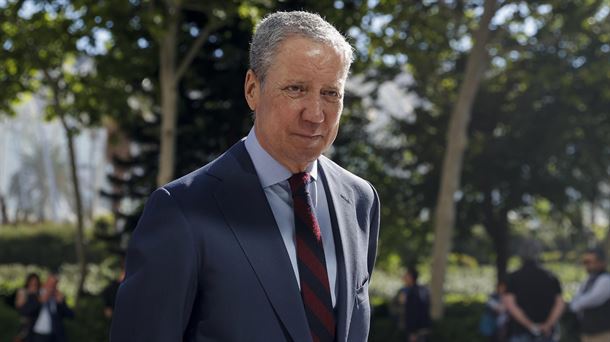With the swearing in of the black-red coalition in Tyrol today, Tuesday, the influence of the Greens in state governments continues to decline. In 2014/15 they were at the helm (as junior partners) in six countries, now only two are left, Vorarlberg and Salzburg. The most common state-level government at present is the coalition of ÖVP and SPÖ.
The “grand coalition” – which, strictly speaking, is not in Tyrol because of the SPÖ’s third place (behind the FPÖ) – had almost disappeared from the political map. They only existed in the south, in Styria continuously since 2005 (initially with the SPÖ leading the way, now with the ÖVP again). In Carinthia, the SPÖ (after the triple combination SPÖ-ÖVP-Grün) returned to it in 2018 when the Greens were expelled from the state parliament.
Replace black and green
Until the deselection in Tyrol on September 25 (ÖVP and Greens no longer have a majority in the state parliament), black-green was the most common coalition variant at state level. The whole west from Vorarlberg to Tyrol to Salzburg was governed together with the Greens by the People’s Party. And after the inglorious end of turquoise blue in 2019, the ÖVP also decided to partner with the fourth-strongest party in the National Council – meaning the Greens have governmental responsibility in the federal government for the first time.
New black-red alliance in Tyrol
Black-Green lasted two periods in Tyrol. Founded in 2013, Günther Platter (ÖVP) and Ingrid Felipe (Greens), continued the collaboration in 2018. It is now coming to an end, as is the political career of the ÖVP leader and the leader of the Greens, who shortly before the elections left. The new ÖVP Governor Anton Mattle opted for the two-party coalition with the SPÖ led by Georg Dornauer – and not for a three-party alliance with NEOS or the VP dissident party List Fritz.
Black and Blue in Upper Austria
In addition to three black-red and two black-green coalitions, there is also a black-blue in Upper Austria (was renewed after the 2021 elections) and a red-pink in Vienna (since 2020).
Two countries with an absolute majority
In two countries, the ÖVP (Lower Austria) and the SPÖ (Burgenland) won more than half of the mandates in the last elections. The SPÖ governor Hans Peter Doskozil used this for the sole government and ended the red-blue coalition after the 2020 elections. ÖVP Governor Johanna Mikl-Leitner has signed absolute employment contracts with the SPÖ and FPÖ despite absolute employment.
This is also because in Lower Austria the state government (as in Upper Austria and Vienna) is formed according to the proportional representation system: this means that all stronger state parliament parties get government posts. In Vienna, however, the non-coalition councilors are “non-executive”.
Three state elections in 2023
Mikl-Leitner will soon have to form a new government; the Lower Austrian state parliament is to be elected in January 2023. Since it is doubtful whether the ÖVP can keep the absolute this time around, it will probably have to look for a coalition partner. Two more coalitions will be tested in the spring, the red-black government in Carinthia and the ÖVP-Green-NEOS government in Salzburg. The election of the National Council, due by autumn 2024 at the latest, will show whether the Greens will retain their government participation in the federal government.
Source: Krone
I’m an experienced news author and editor based in New York City. I specialize in covering healthcare news stories for Today Times Live, helping to keep readers informed on the latest developments related to the industry. I have a deep understanding of medical topics, including emerging treatments and drugs, the changing laws that regulate healthcare providers, and other matters that affect public health.



